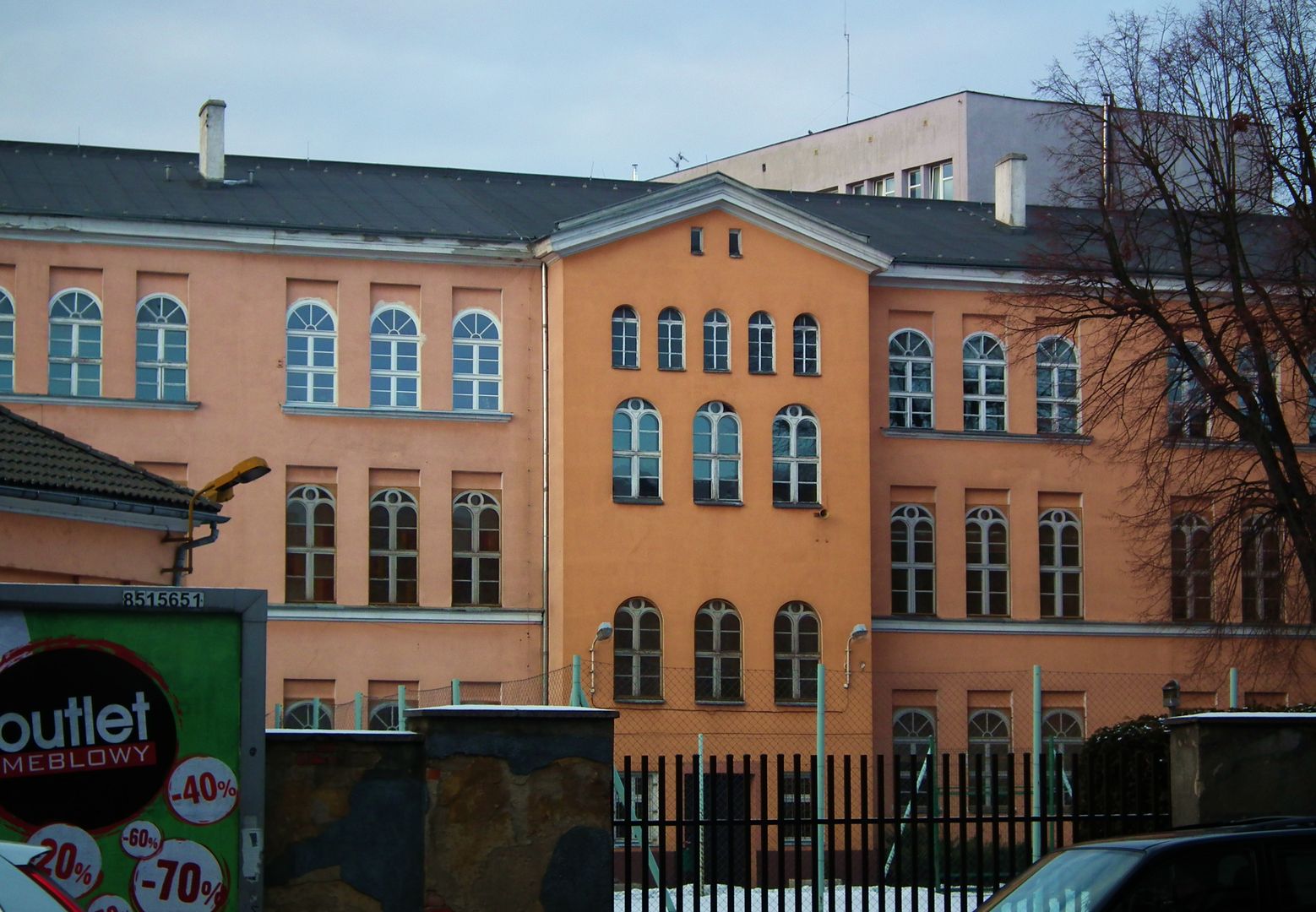Saint John Cantius High School No. III in Poznań
6.71

Overview
III High School named after St. John Cantius in Poznań boasts a rich history dating back to the times of the German gymnasium established in 1834. The building consists of three parts, reflecting different stages of expansion, including a neo-Romanesque assembly hall from 1865. The school was initiated by Gotthilf Berger, who in 1861 donated funds for the construction of a new building, emphasizing the school's openness to students of various nationalities. During the period when Friedrich Wilhelm Gymnasium served as a tool for Germanization, its walls were left by many Poles, including notable alumni such as Max von Laue, a future Nobel laureate. After World War I, Polish education struggled to adapt to the growing interest in education among Poles, leading to the transformation of some classes into the State Gymnasium, which opened in 1921. The school was named after St. John Cantius, reflecting its local religious patronage, and quickly grew into an institution of significant educational importance. During the interwar period, the gymnasium developed a strong focus on the humanities, and its graduates became known for their social and political engagement. After the war, in 1945, the school resumed operations, later changing its name to III High School named after Marcin Kasprzak. Since the 1970s, the high school has been co-educational, and in 1990, the name of St. John Cantius was restored, along with the rediscovery of the former school banner. Today, III High School collaborates with higher education institutions, organizes extracurricular activities for students, achieves success in sports, and is known for its social engagement, such as the activities of the fan group Trójka Ultras. Graduates of the school often continue their studies at prestigious Poznań universities. The school's motto is "Per aspera ad astra," reflecting its commitment to fostering intellectual growth by overcoming challenges. III High School ranks among the top high schools in Poznań, as confirmed by local educational rankings.
Location
Tickets
Powered by GetYourGuide
2025 Wizytor | All Rights Reserved